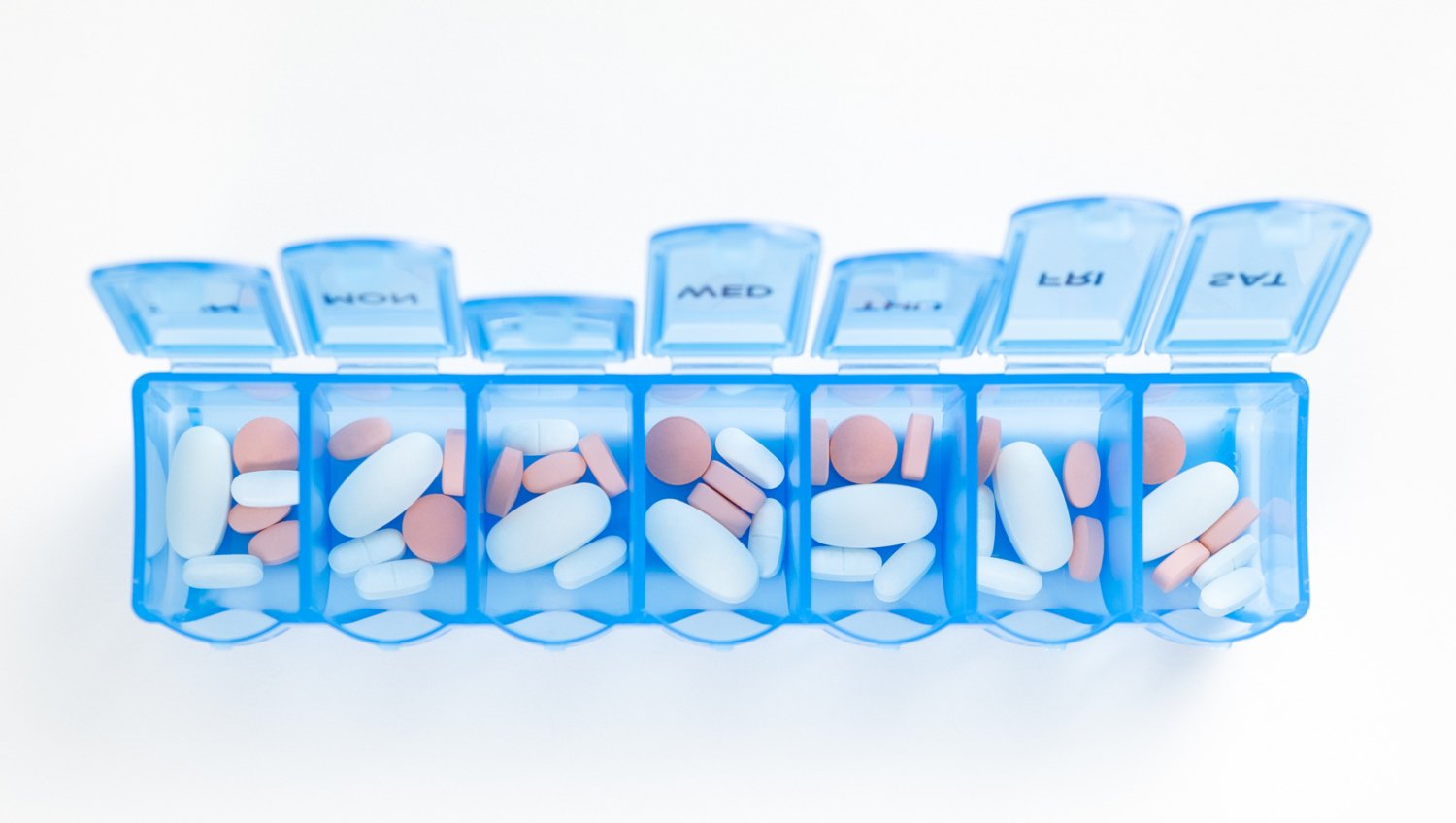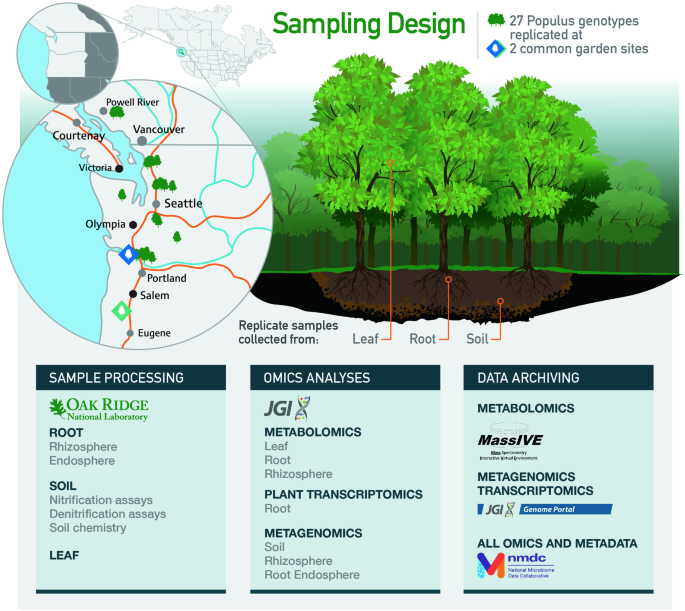2024-04-08 コロンビア大学
<関連情報>
- https://www.engineering.columbia.edu/news/pulse-innovation-ai-service-heart-research
- https://ieeexplore.ieee.org/document/10490213
BeatProfiler: 心機能のマルチモーダル試験管内解析により、機械学習による疾患と薬剤の分類が可能に BeatProfiler: Multimodal In Vitro Analysis of Cardiac Function Enables Machine Learning Classification of Diseases and Drugs
Youngbin Kim; Kunlun Wang; Roberta I. Lock; Trevor …
IEEE Open Journal of Engineering in Medicine and Biology Published:05 April 2024
DOI:https://doi.org/10.1109/OJEMB.2024.3377461
Abstract
Impact Statement:
BeatProfiler rapidly quantifies contractile function and calcium handling of in vitro cardiac models enabling ML classification of cardiac disease and cardioactive drugs.
Abstract:
Goal: Contractile response and calcium handling are central to understanding cardiac function and physiology, yet existing methods of analysis to quantify these metrics are often time-consuming, prone to mistakes, or require specialized equipment/license. We developed BeatProfiler, a suite of cardiac analysis tools designed to quantify contractile function, calcium handling, and force generation for multiple in vitro cardiac models and apply downstream machine learning methods for deep phenotyping and classification. Methods: We first validate BeatProfiler’s accuracy, robustness, and speed by benchmarking against existing tools with a fixed dataset. We further confirm its ability to robustly characterize disease and dose-dependent drug response. We then demonstrate that the data acquired by our automatic acquisition pipeline can be further harnessed for machine learning (ML) analysis to phenotype a disease model of restrictive cardiomyopathy and profile cardioactive drug functional response. To accurately classify between these biological signals, we apply feature-based ML and deep learning models (temporal convolutional-bidirectional long short-term memory model or TCN-BiLSTM). Results: Benchmarking against existing tools revealed that BeatProfiler detected and analyzed contraction and calcium signals better than existing tools through improved sensitivity in low signal data, reduction in false positives, and analysis speed increase by 7 to 50-fold. Of signals accurately detected by published methods (PMs), BeatProfiler’s extracted features showed high correlations to PMs, confirming that it is reliable and consistent with PMs. The features extracted by BeatProfiler classified restrictive cardiomyopathy cardiomyocytes from isogenic healthy controls with 98% accuracy and identified relax90 as a top distinguishing feature in congruence with previous findings. We also show that our TCN-BiLSTM model was able to classify drug-free control and 4 cardiac drugs with different mechanisms of action at 96% accuracy. We further apply Grad-CAM on our convolution-based models to identify signature regions of perturbations by these drugs in calcium signals. Conclusions: We anticipate that the capabilities of BeatProfiler will help advance in vitro studies in cardiac biology through rapid phenotyping, revealing mechanisms underlying cardiac health and disease, and enabling objective classification of cardiac disease and responses to drugs.

Overview of study. Left: Automated acquisition of data through a custom Python code integrated with uManager or a fluorescent imaging plate reader (FLIPR). Center: Analysis through BeatProfiler to extract traces, features, segment single beats, and generate image representations of beats. Right: Machine learning applications for disease and drug classification and deep learning model interpretation through Grad-CAM.


